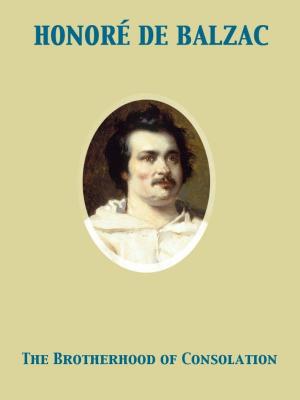| Author: | Thomas Constable, Pierre Corneille | ISBN: | 9782819941507 |
| Publisher: | Release Date: November 27, 2011 | Publication: | November 27, 2011 |
| Imprint: | pubOne.info | Language: | English |
| Author: | Thomas Constable, Pierre Corneille |
| ISBN: | 9782819941507 |
| Publisher: | Release Date: November 27, 2011 |
| Publication: | November 27, 2011 |
| Imprint: | pubOne.info |
| Language: | English |
Pierre Corneille was born in Rouen in 1606, the son of an official; was educated by the Jesuits, and practised unsuccessfully as a lawyer. His dramatic career began with the comedy of “Melite, ” but it was by his “Medee” that he first proved his tragic genius. “The Cid” appeared in 1636, and a series of masterpieces followed— “Horace, ” “Cinna, ” “Polyeucte, ” “Le Menteur. ” After a failure in “Pertharite” he retired from the stage, deeply hurt by the disapproval of his audience. Six years later he resumed play writing with “OEdipe” and continued till 1674, producing in all some thirty plays. Though he earned a great reputation, he was poorly paid; and a proud and sensitive nature laid him open to considerable suffering. He died in 1684.
Pierre Corneille was born in Rouen in 1606, the son of an official; was educated by the Jesuits, and practised unsuccessfully as a lawyer. His dramatic career began with the comedy of “Melite, ” but it was by his “Medee” that he first proved his tragic genius. “The Cid” appeared in 1636, and a series of masterpieces followed— “Horace, ” “Cinna, ” “Polyeucte, ” “Le Menteur. ” After a failure in “Pertharite” he retired from the stage, deeply hurt by the disapproval of his audience. Six years later he resumed play writing with “OEdipe” and continued till 1674, producing in all some thirty plays. Though he earned a great reputation, he was poorly paid; and a proud and sensitive nature laid him open to considerable suffering. He died in 1684.















